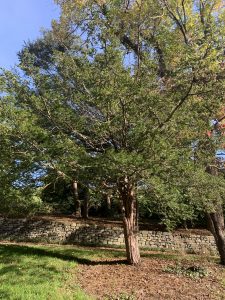
Eastern Hemlock
September 14 from 3:55pm – 4:40pm pledge: Mallory Francis
The species summary I choose today was an Eastern Hemlock tree also known as Tsuga canadensis. I decided to study this tree because as I was walking towards my sit-spot, I noticed a tree that was similar to a Christmas tree. However, the leaves were much shorter, and the tree was not shaped like a Christmas tree is, but I love the holidays so anything that reminds me I take! This made me smile and think about my family because we are very spirited. The weather was rather warm today as I was sitting in the blazing sun the air was fresh, there was little wind, few clouds, and was a whopping 73 degrees Fahrenheit.
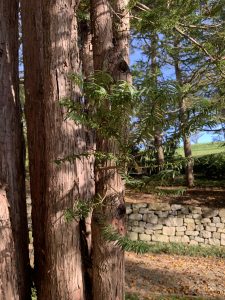
More “baby trees” growing from the trunk

illustration of the tree and needle-like leaves.
The tree has needle like leaves that were very soft, damp, and waxy on both the top and underside of the leaf. The underside of the leaf was light green and the top of the leaves were very dark green. The tree appeared to be an evergreen as the leaves were still very dark green this late in October. The bark appeared to peel and was reddish brown in color. I almost wanted to peel it off myself. On the bark, there were new sprouts of what looked like baby trees on the big tree I am studying. Throughout the tree, there were a lot of large branches that looked like a bunch of baby trees were smushed together to form this one tree.
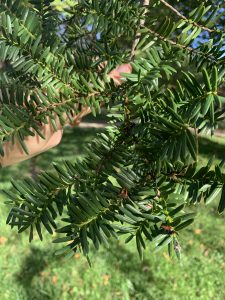
Actual needle-like leaves.
I have seen this tree before on multiple occasions and tress that are very similar to this tree. Might I add I have only seen this actual tree a few times, I have seen something similar at horse shows when they decorate around the ring and in front of the jumps. The trees that are similar to the eastern hemlock have a wonderful smell, but these leaves/tree did not really have a smell except for like grass or a plain leaf.
The eastern hemlock is native to eastern North America. The tree is an evergreen conifer that have heavily foliaged and upsweeping branches. At maturity, the height of the tree ranges from 60-70 feet (Carey, 1993). The eastern hemlock is a member of the pine family, as is given the common name hemlock because the crushed foliage smells a little like that of the poisonous herb hemlock that is native to Europe (Trees of the Adirondacks). The seeds that are produced by hemlock tress are eaten by birds and mammals. The eastern hemlock is susceptible to fire because of its think bark, shallow roots, low-branching habit, and heavy litter deposits. However, this tree usually escapes fire because it occurs in moist habitats and is often associated with hardwoods which do not readily burn (Carey, 1993).
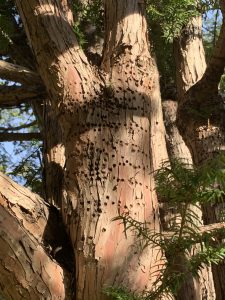
Appears that a woodpecker may have done this to the tree.
Trying to find the type of tree this species was challenging. I called my dad, who wasn’t sure what is was, asked a Professor in Dana, who said it was in the pine family, and used the wonderful internet that was full of material (maybe too much). I spent about an hour and a half to two hours trying to figure out what kind of tree this may be. Luckily after a long time of tedious searching, I finally found the eastern hemlock. This was a fun activity and it always helps to expand your knowledge on the world around you because you never know when the ecologist in me may come in handy.
References Cited
Carey, Jennifer H. 1993. Tsuga canadensis. In: Fire Effects Information System, [Online].
U.S. Department of Agriculture, Forest Service, Rocky Mountain Research Station,
Fire Sciences Laboratory (Producer). Available:
https://www.fs.fed.us/database/feis/plants/tree/tsucan/all.html [2020, October 14].
Trees of the Adirondacks: Eastern Hemlock (Tsuga canadensis). (n.d.). Retrieved October 15, 2020, from v https://wildadirondacks.org/trees-of-the-adirondacks-eastern-hemlock-tsuga-canadensis.html

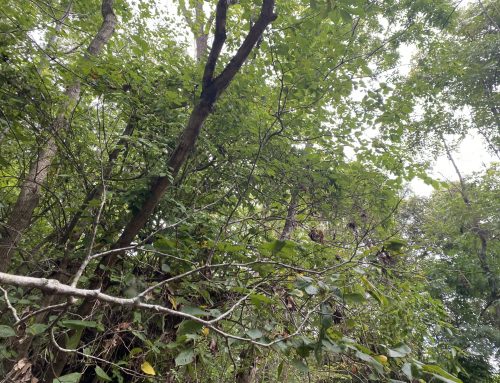
Leave A Comment
You must be logged in to post a comment.